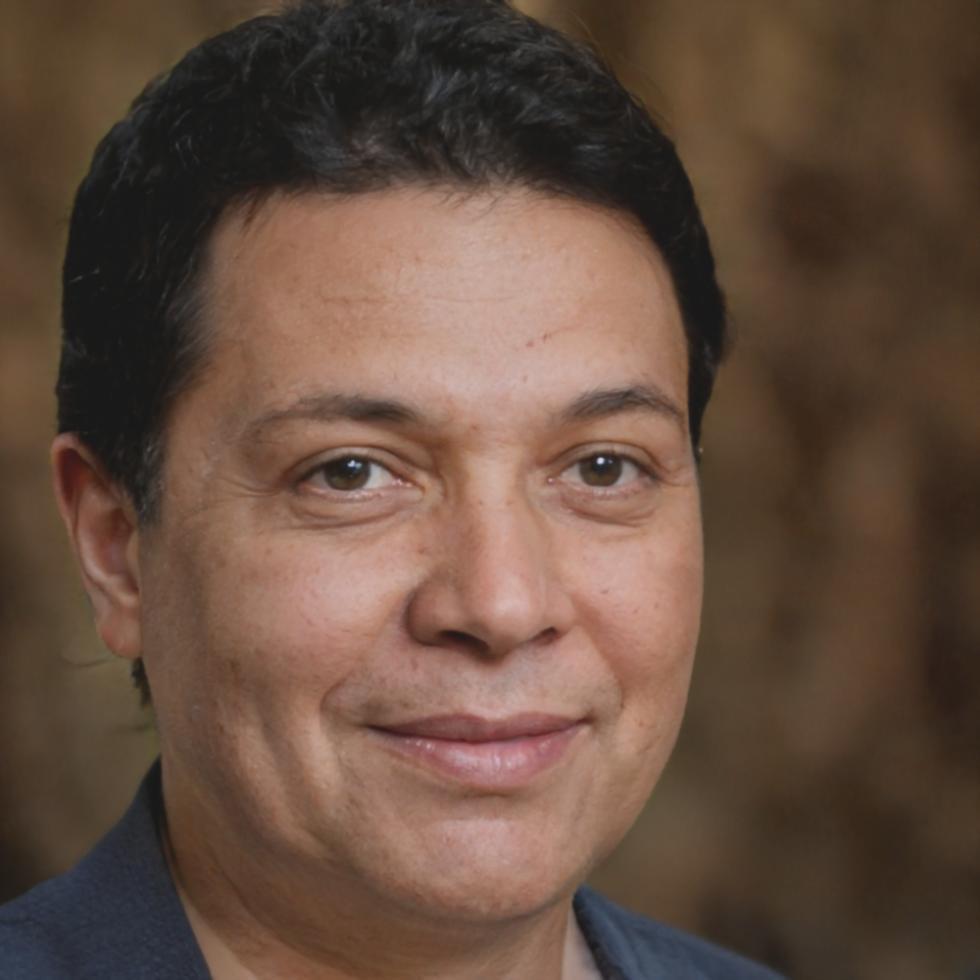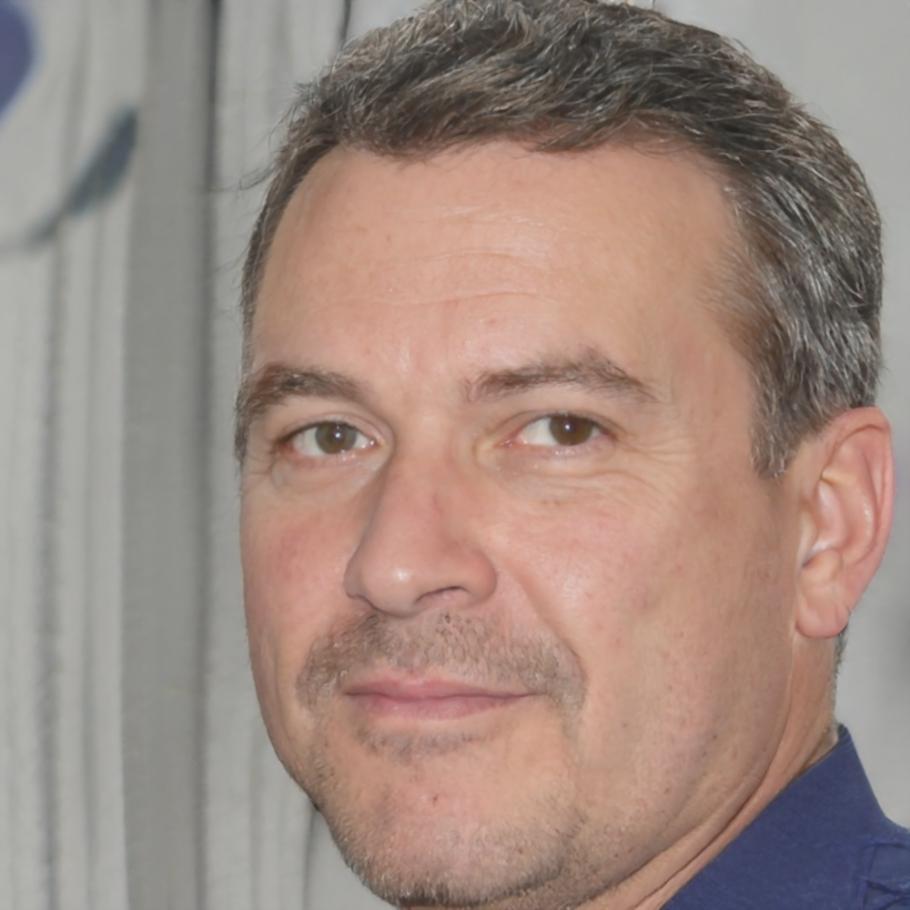Financial Leadership For People Who Actually Run Things
Most business education assumes you've got endless time and someone else handling the daily fires. We don't. Our programs work around real schedules because we've been there—balancing payroll, managing teams, and trying to figure out if that expansion idea is brilliant or bankruptcy waiting to happen.
See What This Actually Involves
Three Things We Keep Hearing
After talking with hundreds of business owners across Adelaide and wider South Australia, the same concerns come up. Not because people are doing anything wrong—but because running a business means making financial decisions with incomplete information.
Cash Flow Confusion
You're profitable on paper but stressed about next month's obligations. Understanding the difference between profit and liquidity changes how you sleep at night.
Team Financial Literacy
Your managers make decisions that affect margins but don't really get the numbers. Teaching them financial thinking without drowning them in spreadsheets takes a specific approach.
Growth Timing
Knowing when to invest versus when to consolidate isn't obvious. Most advice either pushes aggressive expansion or excessive caution—rarely does anyone help you figure out your specific situation.

Real Scenarios From Your Industry
We don't teach generic business finance. Each cohort focuses on specific sector challenges—whether you're dealing with retail inventory financing, service business scaling, or manufacturing capital investments. The person next to you is probably wrestling with similar problems.
- Case studies built from actual Australian businesses, not American textbook examples
- Evening sessions designed for people who can't disappear during business hours
- Direct access to facilitators between sessions when decisions can't wait
- Peer groups that continue meeting after the formal program ends
What Actually Happens In The Program
Starting September 2025, our next cohort runs for twelve weeks. Not twelve weeks of theory—twelve weeks of applying financial thinking to your actual business decisions as they come up.
Financial Statement Reality Check
Stop looking at your P&L like it's a report card. Learn to read financial statements as decision-making tools that tell you where attention is needed. Most business owners skip past the important signals.
Capital Allocation Framework
Whether you're considering new equipment, hiring decisions, or market expansion—every choice competes for limited resources. We work through how to compare completely different opportunities using consistent criteria.
Risk Modeling Without Paralysis
Understanding downside scenarios shouldn't stop you from moving forward. Learn to quantify risks in ways that clarify decisions rather than creating endless what-if loops.
Building Financial Capability In Teams
Your business only gets as financially sophisticated as your team. We cover practical approaches for teaching department heads to think about margins, trade-offs, and resource constraints without sending them back to school.
From Previous Participants
These are from our February 2025 cohort. Not everyone finishes—some realize they need different support, and that's fine.

The capital allocation framework saved me from a terrible equipment purchase. I was looking at sticker price instead of total cost of ownership over five years. Would've locked up cash we needed for something more important.
Manufacturing Operations, Northern Suburbs

I finally got my store managers thinking about margin instead of just revenue. They used to celebrate big sales days without considering what we actually made. Now they understand the difference—changes everything about inventory decisions.
Retail Group Owner, CBD Adelaide
September 2025 Cohort Details
We keep groups small—maximum eighteen participants—because the discussion quality matters more than scale. Applications open in June 2025. Program fee is structured to align with business cash flow cycles, not academic terms.
- Twelve weeks, Tuesday evenings from 6:30 PM to 9:00 PM
- Central Adelaide location with parking arrangements
- All materials provided digitally for immediate application
- Optional monthly follow-up sessions for six months after completion
